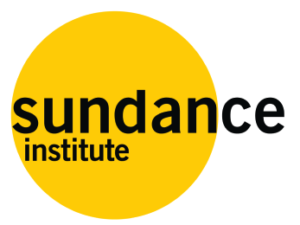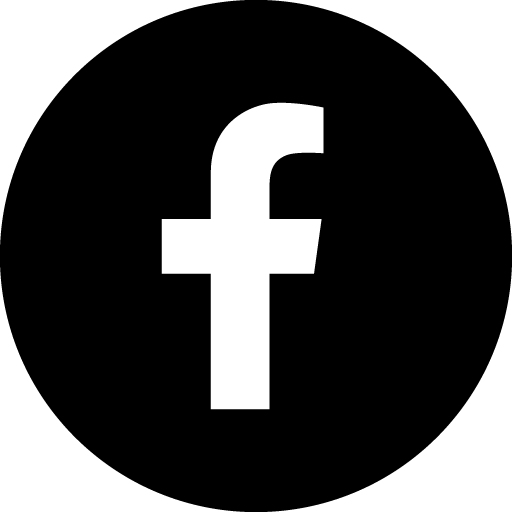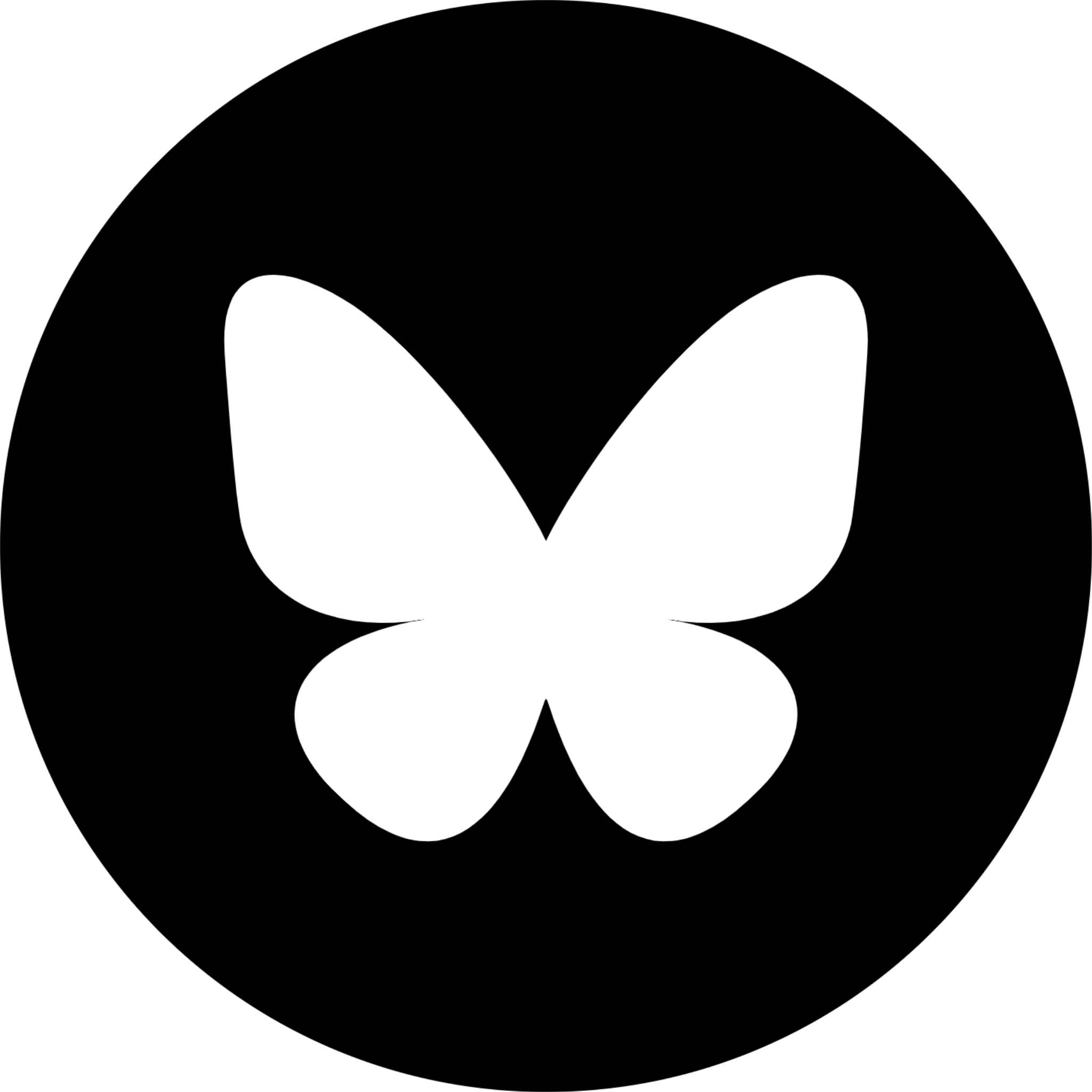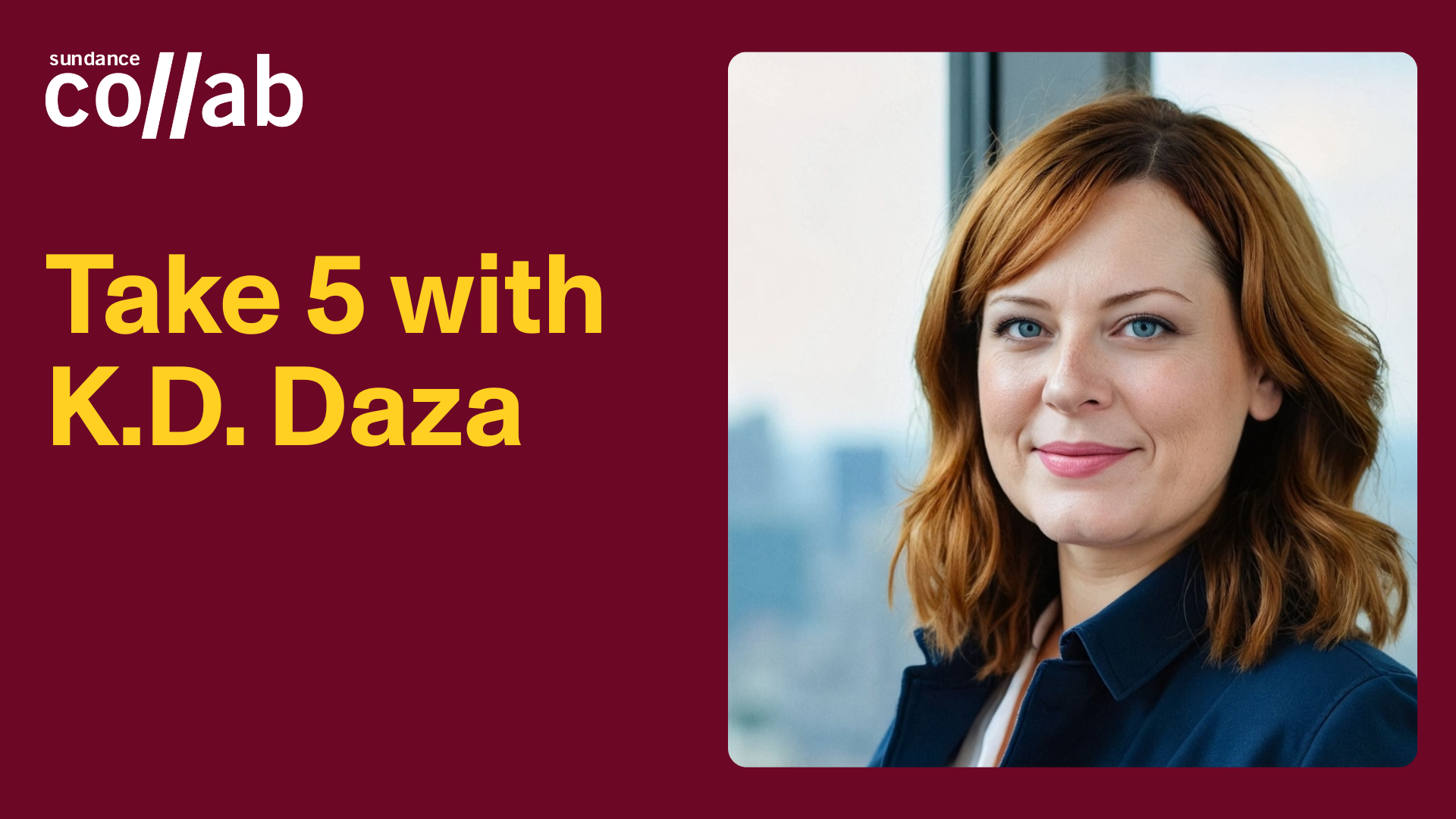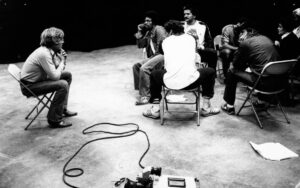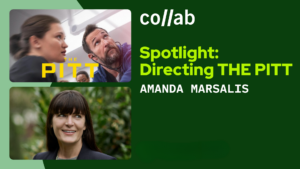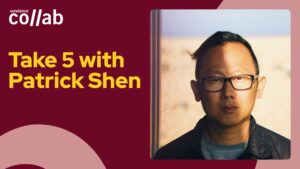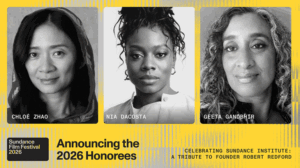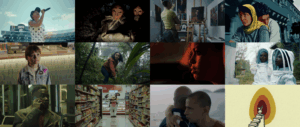By Jessica Herndon
Welcome to the second edition of Take 5, where we invite you to get familiar with the talented instructors behind our Sundance Collab courses. This time, we’re featuring K.D. Roeder Daza, who leads the “Previsualization with AI Tools for Filmmakers” course.
As a screenwriter and producer, K.D. Roeder Daza’s storytelling centers on misfit characters in thrillers, dark comedies, and historical dramas. But her creative drive goes beyond individual projects — she’s passionate about helping fellow storytellers navigate an industry in constant flux.
As the head of Punctuate Studio, she advised companies like Netflix, Warner Bros., and Disney on what she calls “creative resilience frameworks and the ethical adoption of emerging entertainment technologies.” Beginning September 23, she plans to teach filmmakers how to use artificial intelligence as a creative tool during her Sundance Collab course “Previsualization with AI Tools for Filmmakers.”
“The rate of technological development is moving much faster than creative adoption,” Daza observes. While many filmmakers are “understandably grieving the coming of AI,” she feels failing to understand these tools is a missed opportunity. For Daza, who serves on the Atlanta Film Festival’s short film selection committee, emerging tech like AI offers the potential to realize stories “many never thought would be possible, especially on indie budgets.”
In her upcoming eight-week course, Daza will emphasize that the use of AI tools like Midjourney, Freepik, and Runway should not be used to replace creative vision, but can be powerful tools for concept development and motion planning.
In this Take 5, Daza discusses the advice she’d give her younger self, one of her biggest failures, and what she learned from it. She also shares how hosting events like the Sundance Collab Script Club, where filmmakers and cinephiles come together to discuss Sundance Institute–supported films, keeps her inspired. Register for Daza’s course HERE, and keep scrolling to get to know your instructor.
What is your dream collab?
Oskar Fischinger and Hamilton Luske, if they were still alive. Their technological innovations in animation have provided lasting inspiration for my work, especially in interactive and immersive projects at Netflix, Disney, and elsewhere.
Go back in time and offer career advice to your younger self.
Be humble, not hidden. I have a true “producer’s personality” — I prefer to lead from the back, often prioritizing productivity over self-promotion. While there is some value in that, in my youth, I often waited for my efforts to be seen. You have to advocate for yourself, your projects, and your team. Be your own cheerleader. The loudest person often gets heard the most; you have a responsibility to use your voice.
What is one gem of advice you’ve received through your career that has stuck with you?
Success is on the other side of cringe. Chasing creativity and innovation is an iterative process driven forward by both fruitful and failed experiments. There will be times when pursuing your vision will make you feel judged and insecure. There will be people who will be happy to point out all the times you’ve failed, who will question your audacity to try. Some people will like your work, some people won’t. Other people’s opinions have nothing to do with your intrinsic self-worth. The path to reward is paved in risk. With each step, you learn something, and that knowledge gives you power for perseverance and improvement.
What has been your greatest failure, and what did you learn from it?
In 2020, five members of my family died in five weeks. In the decade before, I was an executive running successful media organizations, but I barely made time for my family or myself. I was miserable. This season of grief transformed my life. I shifted my career toward purposeful, creative work and prioritized my relationships.
Time only moves in one direction. Expecting a “more convenient time” to be with the people you love or to do what excites you is an illusion. All we have power and influence over is what we decide to do with the time that we’re given.
How do you stay inspired?
Going to museums and reading screenplays. I started my career as an art and film historian who discovered and developed tech as a way to bring the humanities to new audiences through digital experiences. My study and love of artists makes me optimistic that emerging generative technologies will be used ethically and with ingenuity to make works we haven’t conceived of before.
For years, I hosted a monthly script club for fellow filmmakers to read and discuss notable screenplays in the way that many do with book clubs. Last August, I brought that event to Sundance Collab. It’s been so fun and insightful to host incredible screenwriters and directors like Siân Heder and Boots Riley in conversations about their work.
